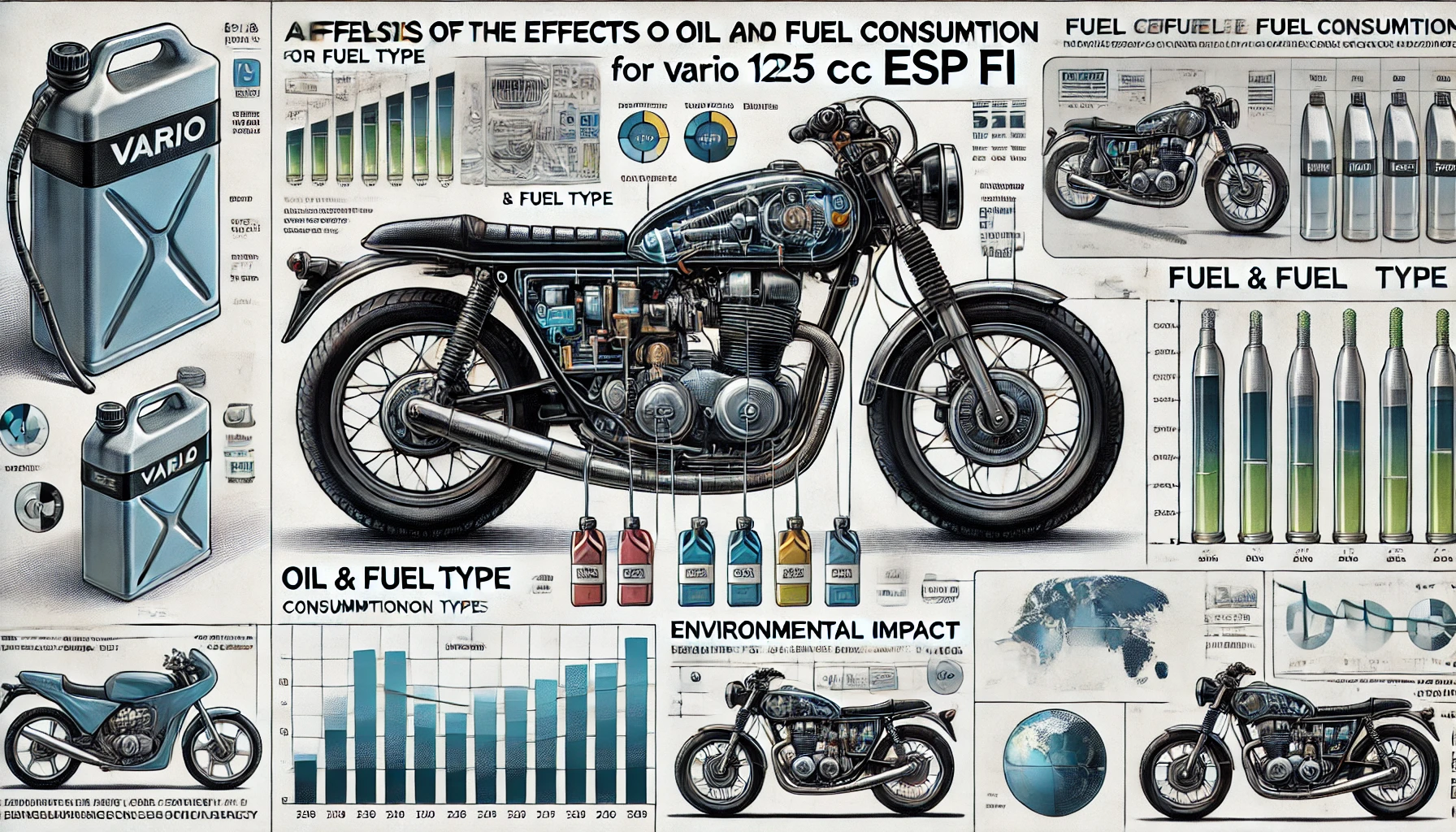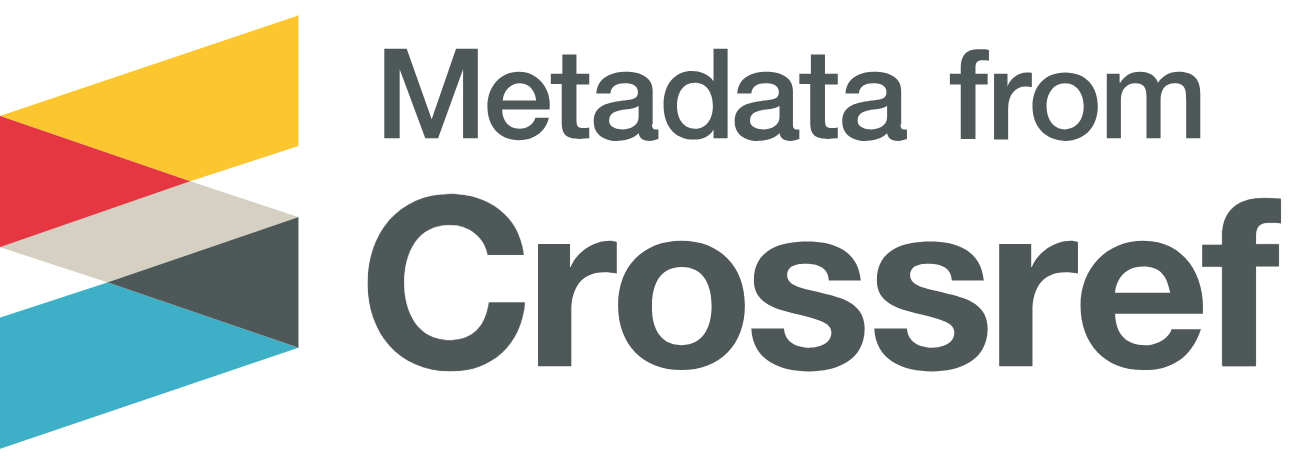Analysis of The Effects of Oil and Fuel Type on Motorcycle Fuel Consumption Vario 125 CC ESP FI
DOI:
https://doi.org/10.21831/jamat.v1i1.801Keywords:
Fuel consumption, Oil viscosity, Pertamax, Octane numberAbstract
The efficiency of fuel consumption in motorcycles is determined by multiple factors, such as the type of oil and fuel utilized. The careful choice of these two elements is essential for enhancing engine performance and reducing operational expenses. This study examines the impact of various oil and fuel types on the fuel consumption of the Honda Vario 125 cc ESP FI motorcycle, with particular attention to the relationship between engine oil viscosity and fuel quality. The study involved conducting experiments with a range of engine oil combinations, specifically 10W-30 and 20W-40, alongside different fuels like Pertalite and Pertamax, each exhibiting distinct octane ratings and combustion properties. The methodology included systematic and thorough testing in controlled environments, where factors like distance and load were standardized to guarantee precision and consistency. The results indicated clear variations in fuel efficiency among the tested combinations. The application of 10W-30 oil in conjunction with Pertalite fuel resulted in a 0.76% enhancement in efficiency when compared to the use of 20W-40 oil with the same fuel type. In a comparable analysis, 10W-30 oil demonstrated a 3.87% increase in efficiency over 20W-40 oil when used with Pertamax fuel. In the analysis of fuel types, Pertamax demonstrated a 16% increase in efficiency compared to Pertalite when used with 10W-30 oil, and a 12.52% increase in efficiency with 20W-40 oil. The results highlight the benefits associated with the utilization of high-quality, low-viscosity oils and higher-octane fuels in achieving improved fuel economy. In summary, the most effective combination for achieving fuel efficiency and cost savings is the use of 10W-30 oil alongside Pertamax fuel. This pairing is advised for Honda Vario 125 cc ESP FI users aiming for improved performance and lower fuel costs.
Downloads
References
[1] M. Arnani, "Mengenal Perbedaan BBM Subsidi dan non-Subsidi," vol. 2022, ed: Kompas.com, 2022.
[2] M. Mafruddin, D. Irawan, E. D. Pratama, and R. yoga Pratama, "Pengaruh laju aliran biogas dan waktu penyalaan Terhadap kinerja motor bakar menggunakan sistem dual fuel pertamax-biogas," Turbo: Jurnal Program Studi Teknik Mesin, vol. 10, no. 2, 2021, doi: http://dx.doi.org/10.24127/trb.v10i2.1770.
[3] P. Kirstianto, "Motor Bakar Torak Teori dan Aplikasinya," ed: Andi Yogyakarta, 2015.
[4] R. F. Naryanto, "Teknik Pembakaran," ed: Malang: Literasi Nusantara, 2021.
[5] F. Danesvaran, "2 Cara Menghitung Konsumsi BBM yang Akurat," vol. 2023, ed, 2023.
[6] T. A. Sianturi, "Pengaruh Jenis Oli Terhadap Konsumsi Bahan Bakar pada Kenderaan Roda Dua 125 CC," Jurnal Darma Agung, vol. 27, no. 1, pp. 863-870, 2019, doi: http://dx.doi.org/10.46930/ojsuda.v27i1.142.
[7] A. Surbakti, "Pengaruh Jenis Oli Terhadap Konsumsi Bahan Bakar Sepeda Motor 125 Cc," PISTON (Jurnal Ilmiah Teknik Mesin Fakultas Teknik UISU), vol. 4, no. 1, pp. 1-6, 2019.
[8] R. Purba and K. Tarigan, "Pengaruh Jenis Oli Terhadap Daya Dan Konsumsi Bahan Bakar Motor Kapasitas 150 cc," JURNAL ILMIAH TEKNIK SIPIL, vol. 9, no. 1, pp. 47-58, 2020.
[9] T. Priangkoso, A. A. Saputro, and D. Darmanto, "ANALISIS PENGARUH VISCOSITAS PELUMAS TERHADAP KONSUMSI BAHAN BAKAR DENGAN MENGGUNAKAN MOTOR 150 CC," Jurnal Ilmiah Momentum, vol. 16, no. 2, 2020, doi: http://dx.doi.org/10.36499/jim.v16i2.3767.
[10] N. Iswanto, N. Apriyanto, and T. Setiawan, "ANALISIS PENGGUNAAN JENIS OLI DAN JENIS BAHAN BAKAR TERHADAP PERFORMA MESIN PADA MOTOR 4 TAK 110 CC," Journal of Vocational Education and Automotive Technology, vol. 3, no. 1, pp. 129-136, 2021.
[11] A. B. M. M. Bari, M. T. Siraj, S. K. Paul, and S. A. Khan, "A Hybrid Multi-Criteria Decision-Making approach for analysing operational hazards in heavy fuel oil-based power plants," Decision Analytics Journal, vol. 3, p. 100069, 2022, doi: https://doi.org/10.1016/j.dajour.2022.100069.
[12] C. R. Ferguson and A. T. Kirkpatrick, Internal combustion engines: applied thermosciences. John Wiley & Sons, 2015.
[13] Z. Wang, S. Shuai, Z. Li, and W. Yu, "A review of energy loss reduction technologies for internal combustion engines to improve brake thermal efficiency," Energies, vol. 14, no. 20, p. 6656, 2021, doi: https://doi.org/10.3390/en14206656.
[14] A. Boggio-Marzet, A. Monzon, A. M. Rodriguez-Alloza, and Y. Wang, "Combined influence of traffic conditions, driving behavior, and type of road on fuel consumption. Real driving data from Madrid Area," International journal of sustainable transportation, vol. 16, no. 4, pp. 301-313, 2022, doi: https://doi.org/10.1080/15568318.2020.1871128.
[15] J. Gao et al., "Fuel consumption and exhaust emissions of diesel vehicles in worldwide harmonized light vehicles test cycles and their sensitivities to eco-driving factors," Energy conversion and management, vol. 196, pp. 605-613, 2019, doi: https://doi.org/10.1016/j.enconman.2019.06.038.
[16] A. Z. Syahir et al., "A review on bio-based lubricants and their applications," Journal of cleaner production, vol. 168, pp. 997-1016, 2017, doi: https://doi.org/10.1016/j.jclepro.2017.09.106.
[17] A. M. Abdul-Munaim, Evaluation of terahertz technology to determine characteristics and contaminants in engine oil. Southern Illinois University at Carbondale, 2018.

Downloads
Published
How to Cite
Issue
Section
License
Copyright (c) 2024 Journal of Automotive and Mechanical Applied Technology

This work is licensed under a Creative Commons Attribution 4.0 International License.








